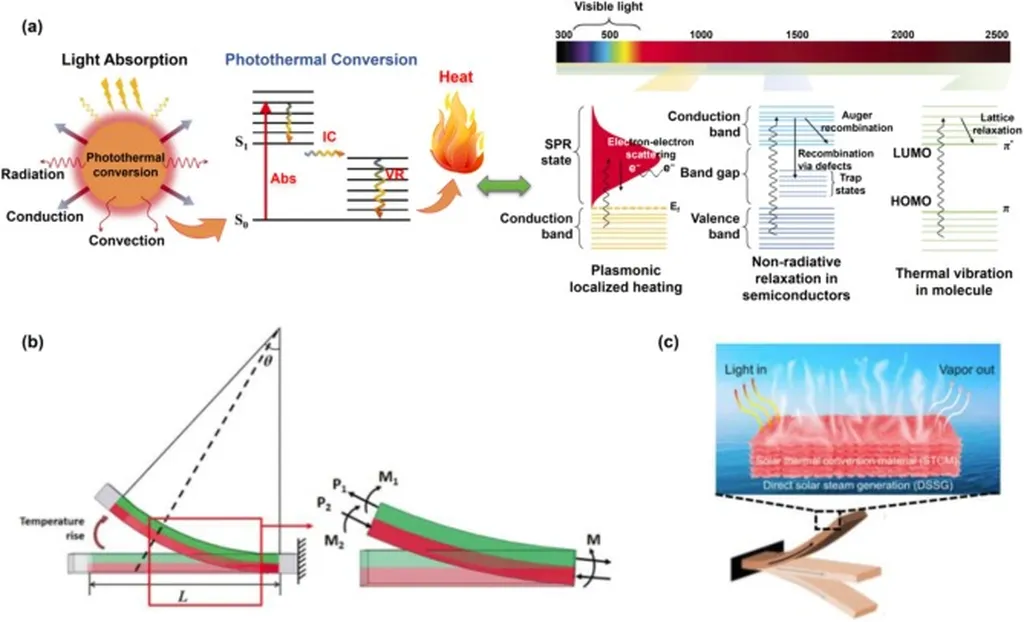In the ever-evolving landscape of hydroelectric projects, a novel approach to impact analysis is making waves. Researchers, led by Juan Felipe Laverde-Salazar from the Universidad Nacional de Colombia and the Institución Universitaria Pascual Bravo in Medellín, have developed a four-dimensional model that promises to revolutionize how we assess and manage the environmental impacts of reservoir-based hydroelectric projects. This isn’t just another academic exercise; it’s a practical tool designed to complement and enhance existing Environmental Impact Assessment (EIA) methodologies, offering a more comprehensive and structured approach to decision-making.
The model, published in the journal *Environmental and Climate Technologies* (translated from Spanish as *Tecnologías Ambientales y Climáticas*), integrates multiple dimensions: spatial, temporal, decision-maker, and criteria. This multidimensional perspective allows for a more nuanced understanding of the impacts generated by hydroelectric projects, from the construction phase through to operation. “By considering these various dimensions, we can better support the design of Environmental Management Plans and inform public policies,” explains Laverde-Salazar.
The research employed a robust methodology, combining a systematic literature review using PRISMA, impact relationship analysis through DEMATEL-WINGS, and impact prioritization using AHP. This comprehensive approach identified 148 impacts, categorized according to the proposed dimensions, resulting in over 1,100 analyzed combinations. The findings revealed that the most influential impact during the construction phase is the increased risks generated by the community, while the most persistent and significant effect during the operational phase corresponds to changes in plant diversity.
For the energy sector, this research holds significant commercial implications. By providing a structured and replicable tool for impact analysis, the model can help stakeholders make more informed decisions, ultimately leading to more sustainable and socially responsible hydroelectric projects. “This model isn’t about replacing existing EIA methodologies,” clarifies Laverde-Salazar. “It’s about enhancing them, providing a more holistic view that can support better decision-making and risk management.”
The study also acknowledges its current limitations, such as the restricted number of decision-makers considered, and recommends the inclusion of economic criteria and additional stakeholders in future research. These improvements could further enhance the model’s comprehensiveness and practical utility, making it an even more valuable tool for the energy sector.
As the world continues to grapple with the challenges of sustainable development and climate change, innovative approaches like this four-dimensional model are crucial. They offer a pathway to more responsible and effective energy projects, balancing the need for power generation with the imperative of environmental stewardship. In the words of Laverde-Salazar, “This is about shaping a future where energy projects not only power our societies but also respect and preserve our natural world.”
This research is a testament to the power of interdisciplinary collaboration and innovative thinking. It’s a call to action for the energy sector to embrace more holistic and sustainable approaches to project development. And it’s a reminder that the path to a greener future lies in our ability to integrate multiple perspectives and prioritize the long-term health of our planet.

